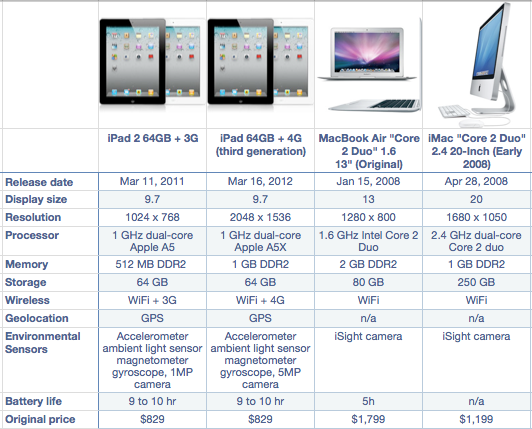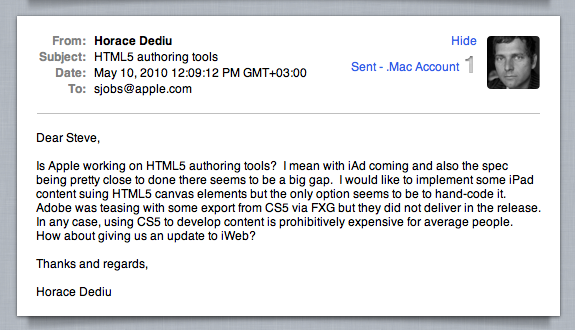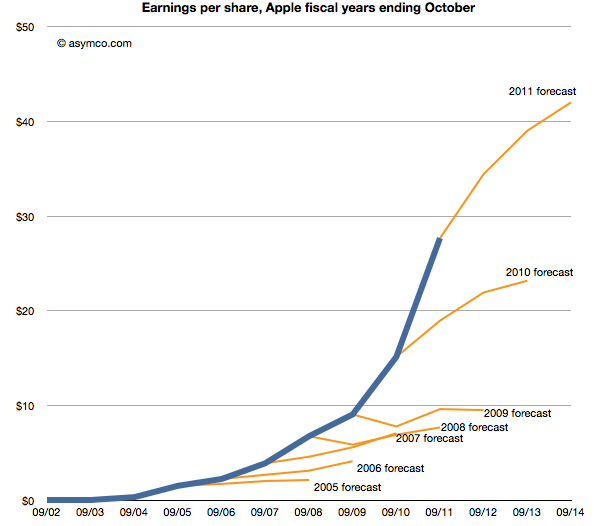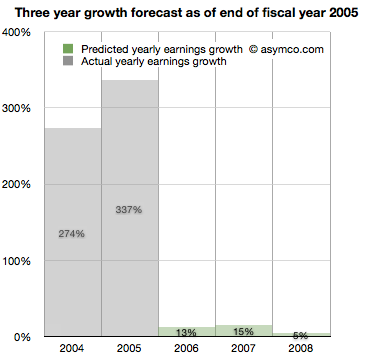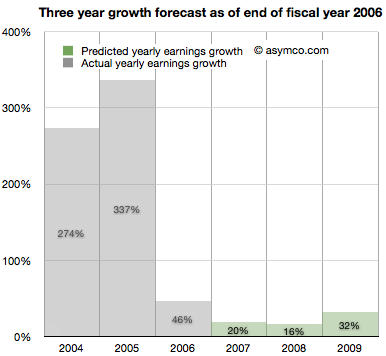Apple Inc. v. Samsung Electronics Co., Ltd. makes for powerful courtroom drama. Calling it drama, however, is faint praise. It’s entertaining and thrilling but the effects are shallow and they don’t last.
I have been asked to comment on the trial that just concluded and I find it difficult. The problem for me is that I’ve seen too many of these dramas. From the United States v. Microsoft to NPD v. RIM and Nokia v. X, Y or Z to make sweeping conclusions. This frustrates the journalist.
The problem is that the process of litigation leads to little satisfaction for any of the parties. There is always the anticipation of catharsis, but it never comes. The expectation is understandable. We are led to believe that the law is decisive, the ultimate adjudicator. The reason it isn’t is that the system was established in a different era. A time when technological change was slow, or non-existent. As a result the institutions of law move so slowly that they are nearly futile in administering justice or righting wrongs.
Here are just a few problems I can cite without any research:
- Legal processes are glacial. They tend to last longer than the lives of the products being litigated. In the case of phones with shelf lives of six months to a year, the trials are unlikely to get underway before the accused infringer is already off the market.
- The law is ambiguous. IP law varies and is subject to interpretation. What one jury (or judge) finds unanimously infringing another will find non-infringing. This gets even more dramatic when comparing decisions across countries and legal systems and through appeals processes and the influence of political considerations.
- It’s a big world. Even though patents can be internationalized, the way they are enforced varies.
- The financial penalties or awards are arbitrary. As exposed during the Apple v. Samsung (US) trial, the impact of infringement can be calculated numerous ways, all hypothetical.
- It is incredibly complex. The technicalities are so onerous that they baffle judges and lawyers and legal experts, not to mention company management and lay jurors.
- It is costly. Only major companies or those backed by legal hit squads can participate in litigation. This means it sustains incumbents rather than facilitate entry. By necessity, entrants need to “route around IP.”
But the most damning thing about the litigation process is that it’s assumed to be decisive. Decisive in terms of altering the success (or failure) of companies. That rarely happens. Instead it adds friction to an existing, inevitable outcome. Sometimes it cripples the winner and rewards the loser.
Therefore strategists need to be careful to avoid placing their faith in this system. It’s a lottery at best, a time and money sink at worst. Considering the analogy to litigation as drama, I would re-phrase this caution as a warning not to treat litigation as Deus ex Machina. It’s not something that will get your business out of a jam or reward you for a violation, perceived or real.
Practically, these exercises in drama are used to signal. Signal to competitors, partners, customers and employees. In other words, they are used to create psychological effects. But we know that psychology can be effectively shaped with other messages. Signals that products themselves give (positioning), or that are shaped by communications via advertising. And these means for signaling are much more effective than using the legal system. So why not use traditional means of signaling?
This is the crutch of Deus ex Machina. That this artifice will help tell a story. That “a seemingly unsolvable problem is suddenly and abruptly solved with the contrived and unexpected intervention of some new event, character, ability, or object.”
It won’t.

